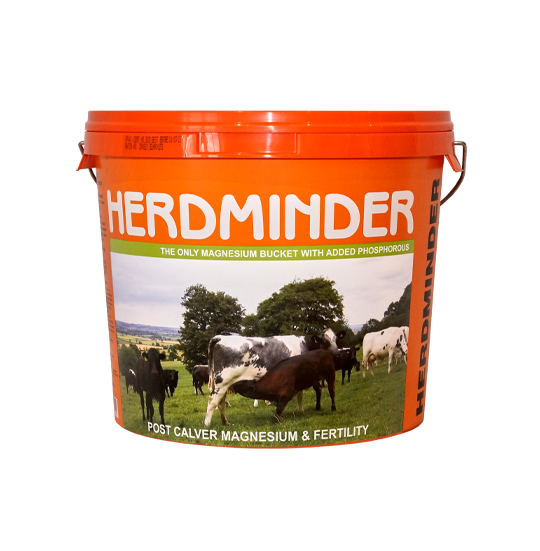What’s in your grass? #MineralsMatter – October 2019

As expected, the magnesium levels are reduced in the autumn grass and sodium levels are also down due to the large volume of rainfall (approx. 30% more than normal) we have had over the last few months – the rain has washed the sodium out of the soil. As a result of the reduced levels of sodium, the animal will absorb more potassium to replace the sodium. Potassium levels have increased as well as protein (nitrogen x 6.26) and this can leave animals very susceptible to grass tetany (staggers) especially during cold wet conditions.
Thus, supplementation with magnesium and shelter for the animals (harsh weather can predispose cattle to grass tetany) is necessary during this high-risk period. Although, it is important to remember even if magnesium buckets are provided, animals should still be checked three to four times per day as the risk of tetany is high and the ability to absorb magnesium is reduced. To help increase the levels of minerals (to include magnesium) in pasture it is recommended that legumes are included in the sward.
Contact us
Uniblock
Feed supplements, minerals and nutritional products for beef, dairy, sheep livestock and equine
Copyright © 2021 Uniblock. All rights reserved.
FIND US
